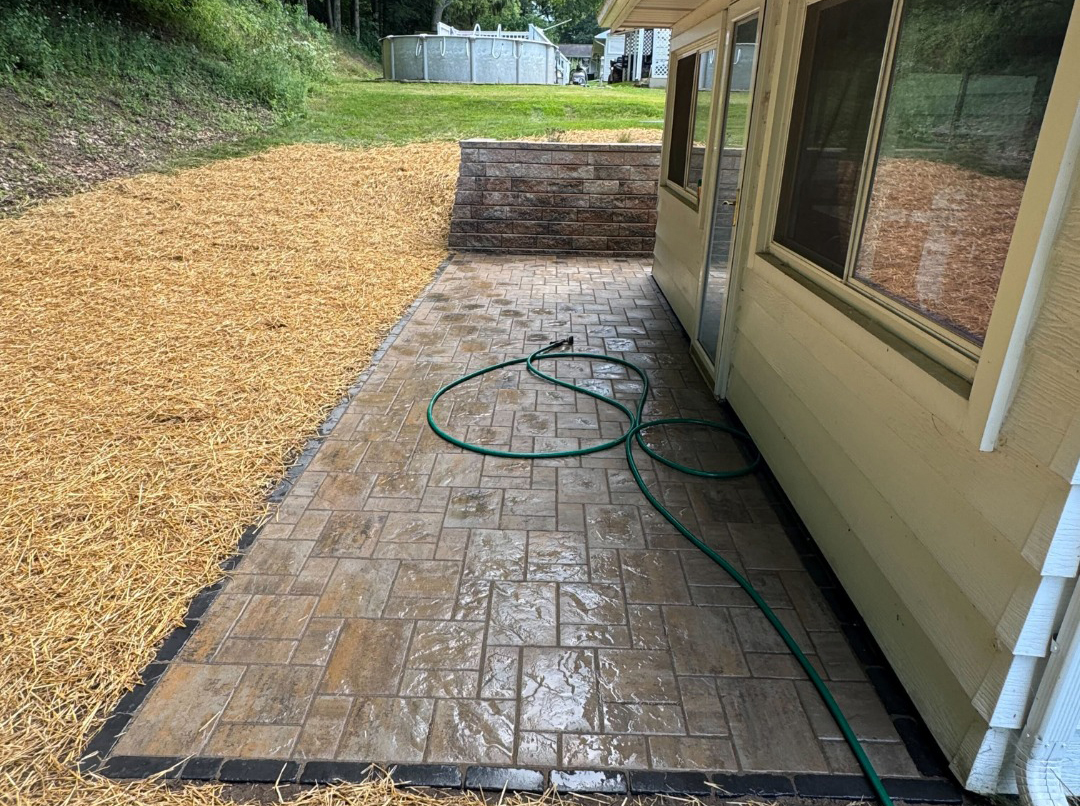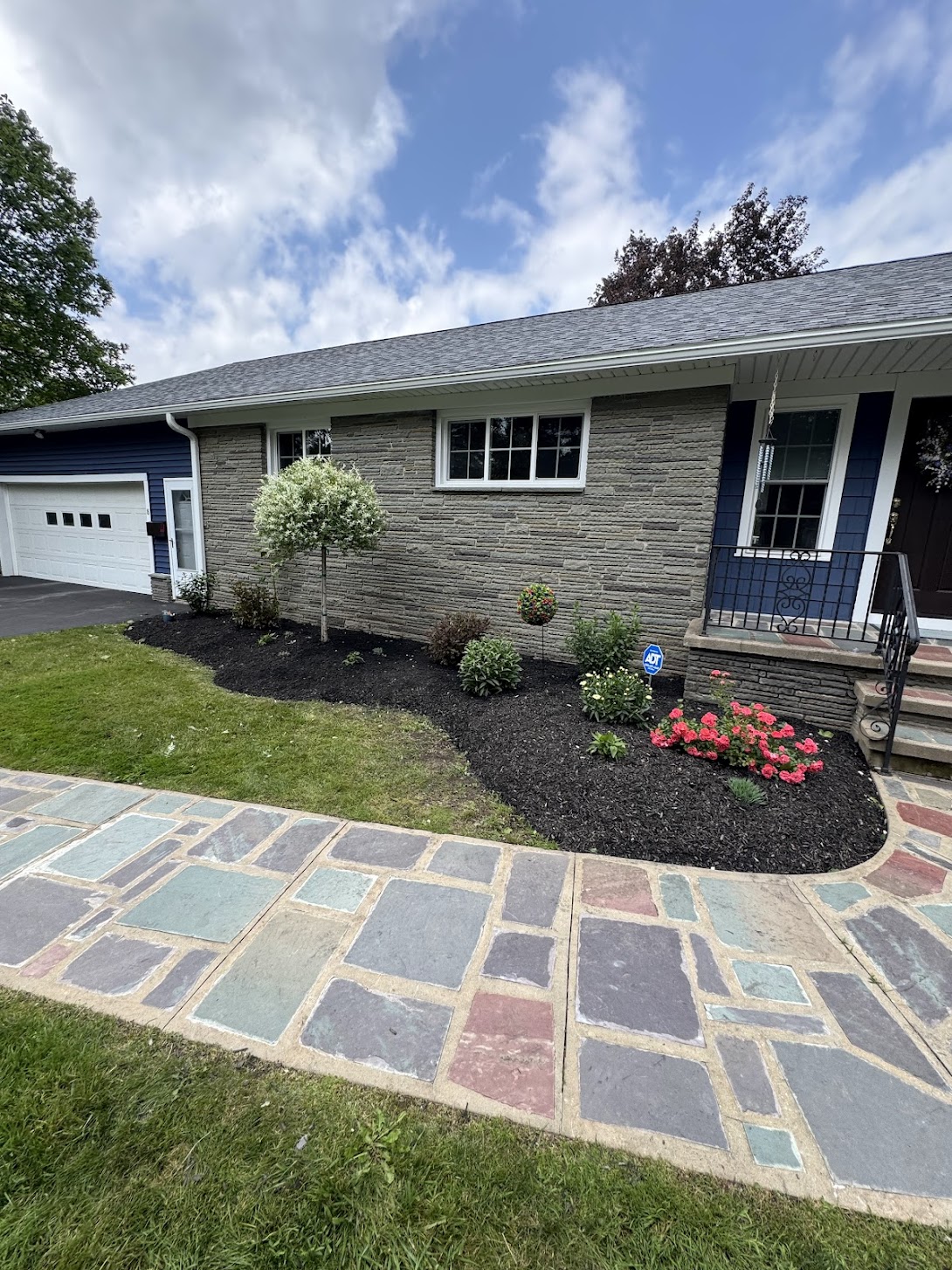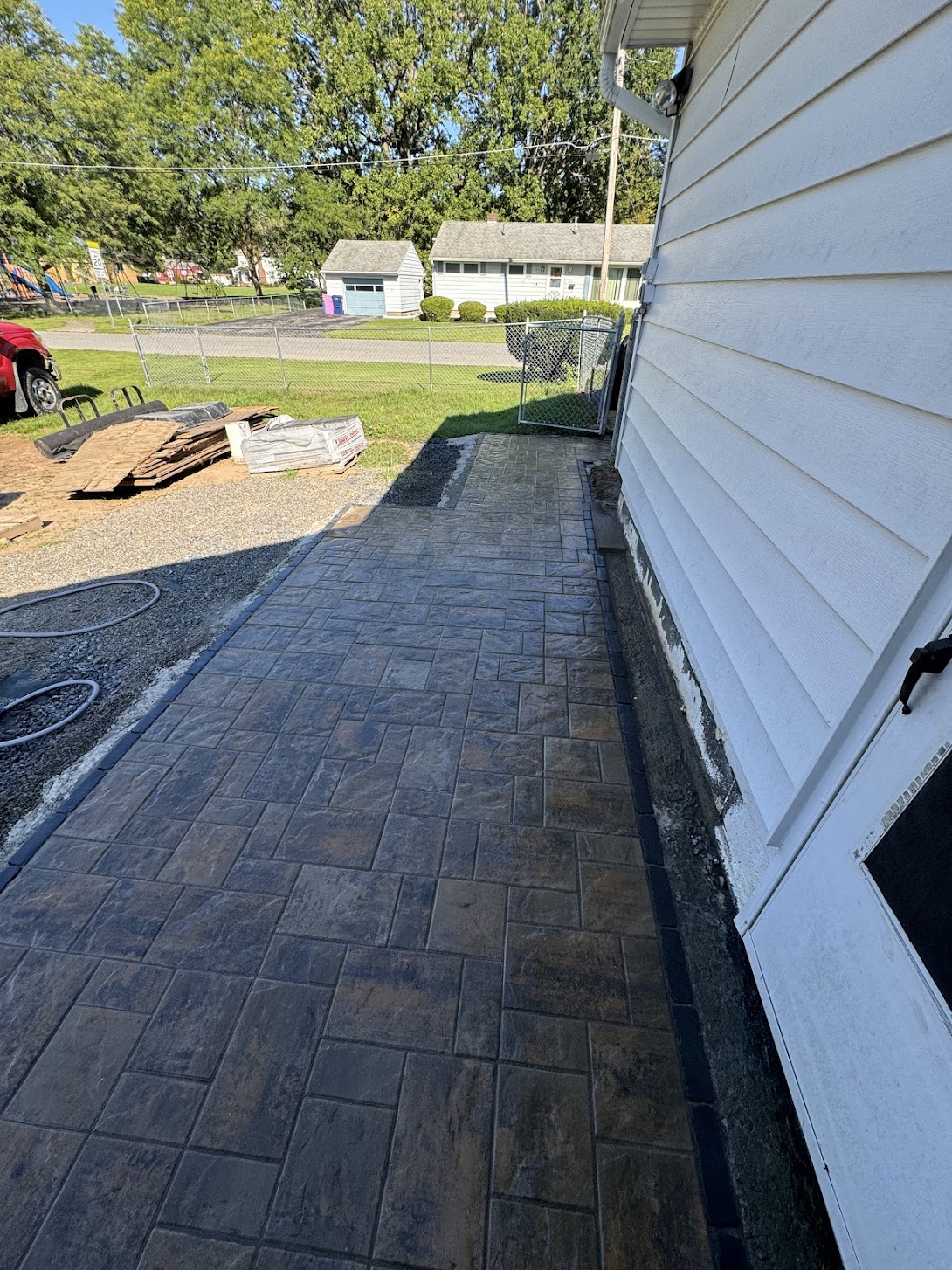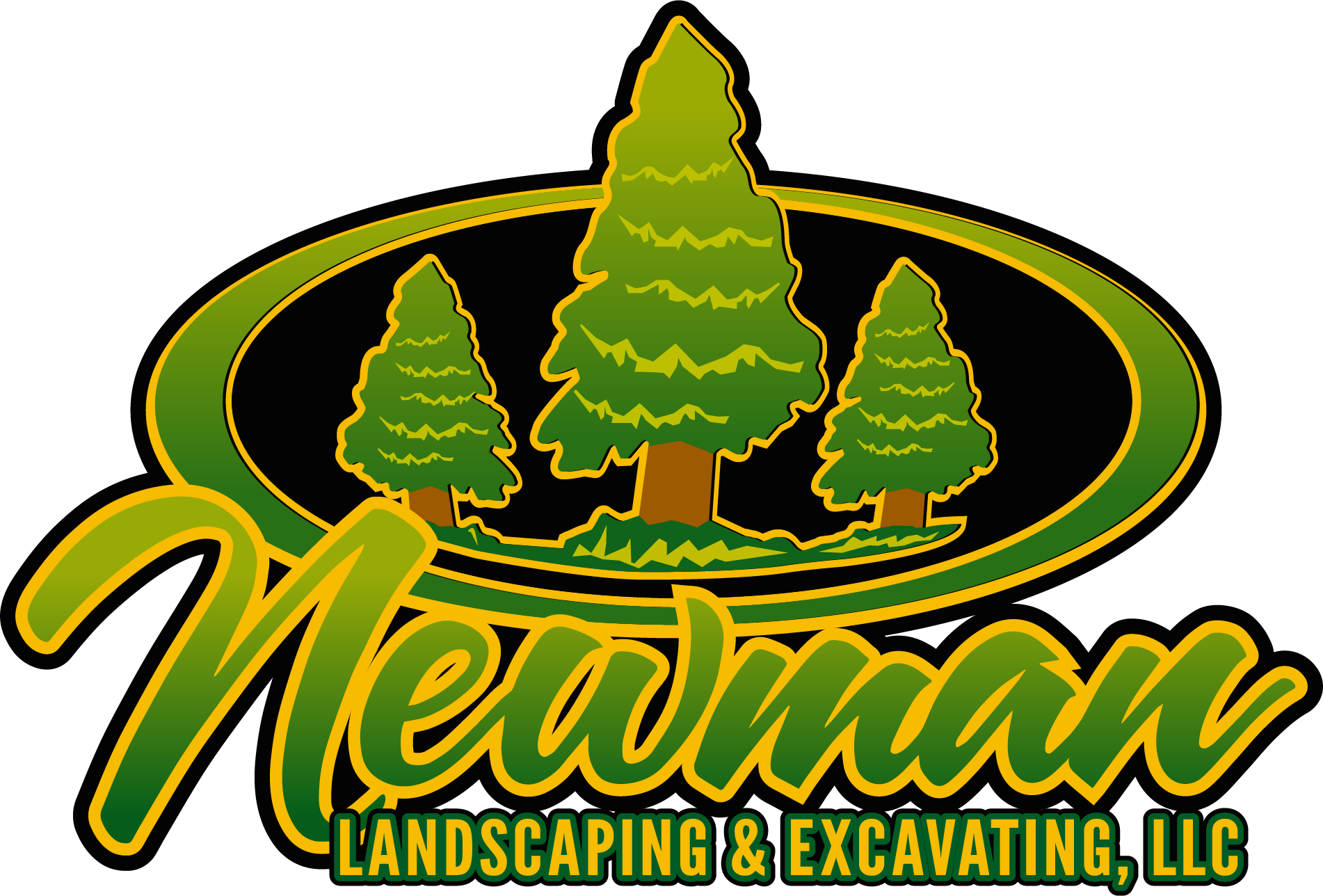Effortless Patios: How Outdoor Rooms Really Come Together
Introduction: A good patio does something subtle. It pulls people outside without fuss, then keeps them there because it just feels right underfoot. In October, when days cool and evenings stretch, the best patios function like an extra room that hums along with daily life, not a stage reserved for special occasions.
Patios That Function Like Indoor Rooms
Pavers That Set The Tone
The material sets the mood before the outdoor furniture even arrives. Pavers with a fine bevel and tight joints read crisp and tailored, while tumbled units feel relaxed and familiar the minute you step out. Concrete pavers offer dependable shapes and color blends that mimic stone without the unpredictability, and they pair well with both modern and traditional homes. For those who want extra texture, larger formats in mixed sizes introduce rhythm without making the surface look too busy. The key is harmony between the home’s architecture and the patio’s footprint, so the transition out the back door feels intentional.
Thickness and finish matter more than most people expect. Full-thickness pavers carry weight and withstand traffic from grills and planters. A light seal on select finishes can either tone down or deepen color variation, depending on the desired look. Slip resistance is a must for comfort, so the face should have enough grip to stay in place after a rain. None of this is flashy, though it all adds up to a surface that treats feet kindly, rolls a cart smoothly, and photographs beautifully when the late afternoon light hits.
Hardscaping That Shapes Daily Flow
Patios make the most sense when the hardscaping layout matches your habits. A dining area tucked close to the kitchen door saves steps with bringing plates to the table, while a quiet corner set a little apart calms the noise of dinner cleanup. Hardscaping features, such as low seating walls, create a natural conversation circle and define the edge without enclosing the space. A gentle curve can soften a long, straight wall and direct the eye toward a planting bed, rather than the property line, which makes the space feel deeper than the measurements suggest.
Elevation changes deserve gentle handling. A single, broad step reads safer than a stack of shallow risers, and it gives a natural perch for morning coffee. If the yard slopes, a terraced patio lets each zone claim a purpose without fighting gravity. Lighting woven into the landscaping, rather than being added later, guides movement and eliminates the guesswork of evening use. When form follows how people actually move, the patio becomes the preferred path, not a detour.

Patios Built On Solid, Weather-Smart Foundations
Site Preparation That Protects The Base
Patio success begins below the surface, long before the first paver is set. Site preparation shapes the subgrade so water knows exactly where to go, away from the house and off the living area. That means establishing slope early, then verifying it again after each pass of compaction. Fabric can be laid to separate native soil from the base, which helps keep fines from migrating during wet spells. When the canvas is stable, crews can build a base that supports the surface evenly rather than in patches.
Base depth is a process that is closely tied to soil and climate. In most builds in Westmoreland, Utica, or Rome NY, a layered base of graded aggregate is compacted in controlled lifts so it acts as a single, solid mass. A finer setting layer rides on top to welcome pavers without swallowing them. Edges are locked before the main field is filled, so the perimeter remains accurate while the middle receives attention. None of this is visible when the patio is finished, yet this is where comfort is born, because the chairs do not wobble and the table does not shimmy when someone leans in to tell a story.
Pavers, Joints, And Edges That Last
Pavers may be the face, but joints are their handshake. The material brushed between units ties everything together, keeps the surface quiet underfoot, and blocks weeds from sneaking into the conversation. A stabilizing joint sand can resist washout and limit movement during freeze-thaw cycles. The color of the joint material matters too. A close match blends the field into a single plane, while a slight contrast outlines each piece and blends into the pattern. Either direction works when it is chosen, not randomly picked.
Edges do the heavy lifting for many patios. A restrained edge restraint holds the field without calling attention to itself. Where the patio meets the lawn or planting beds, a neat transition is created, allowing lawn mower wheels and garden tools to meet a predictable border. When there is a step down, a larger format tread creates a clear landing and looks composed in photos. The small change of maintaining clean edges is what allows the patio to stay in good condition after a storm or a seasonal party for friends comes up, because the field stays neat and the borders do not veer off.

Patios Details That Elevate Comfort And Style
Hardscaping Features With Practical Purpose
Details earn their keep when they do more than decorate. A simple landing pad for the grill keeps heat away from dining chairs and prevents scorch marks, and it doubles as a staging zone when everyone arrives hungry. A compact nook that fits two lounge chairs turns into a favorite spot to read on brisk fall afternoons. Hardscaping pieces, such as planters or a low pier for lanterns, add height where soft plantings sit low, creating layers even when perennials take a break for the season.
Storage is often hidden in plain sight if the design welcomes it. A short wall with a cap serves as seating during a party, then doubles as a spot to set serving trays. Built-in niches near the door collect citronella and cushions, so the setup feels easy rather than like a chore. Even a modest patio can feature a tidy bin disguised as a bench, keeping the surface clear between uses. Comfort grows when everything has a place, and the space stops asking for attention every time it is used.
Paver Patterns, Color, And Texture That Age Well
Pattern should whisper, not shout. A running bond or a thoughtful blend of sizes plays nicely with furniture legs and keeps toes from catching. Borders can frame without boxing in when they strike a subtle contrast. If the home’s siding has strong horizontal lines, a diagonal turn in the paver field can soften the view and add movement that feels easy on the eyes. Texture earns trust in all seasons, offering grip when wet and a pleasant feel when the sun warms the stone.
Color selection benefits from restraint with a hint of warmth. A blend that nods to the roof or trim anchors the patio to the house, so it appears to have always been meant to be there. Cooler grays read modern and calm, while buff and charcoal pair well in a timeless, lived-in way. The best patios look good even when empty, which is a good test when shopping for samples. Set them out, walk by at different times of day, and see which ones keep drawing attention without demanding it. That instinct is usually right.

Conclusion
Patios do their best work quietly, asking little while giving a lot. If a new outdoor room is on the wish list, Newman Landscaping & Excavating can bring the plan from idea to invitation-ready without overcomplicating the process. Share a few goals, share the space, and let their team guide pavers, layout, and hardscaping details that fit how the home is actually used. Contact us if you’d like a friendly conversation and a clear estimate, and then choose a start date that feels comfortable.
SERVICES
Landscaping
Fire Pits
Lawn Mowing
Pavers
Holiday Lighting
Snow Removal
Pest Control
Mulching
Lawn Aeration
Sod
Patios
Outdoor Kitchens
Retaining Walls
Lawn Care
Trimming
Lawn Edging
Excavation
Landscape Design
Drainage
Lawn Grading
Landscape Lighting
Deicing
Snow Blowing
Driveway Sealing
SERVICE AREAS
Westmoreland
Utica
Rome
Oneida
German Flatts
Vernon
Lenox
Frankfort
Verona
Vienna
Sherrill
Floyd
Sangerfield
Canastota
Herkimer
Chittenango

"*" indicates required fields
 (315) 853-3798
(315) 853-3798 sales@newmanlandscaping.com
sales@newmanlandscaping.com